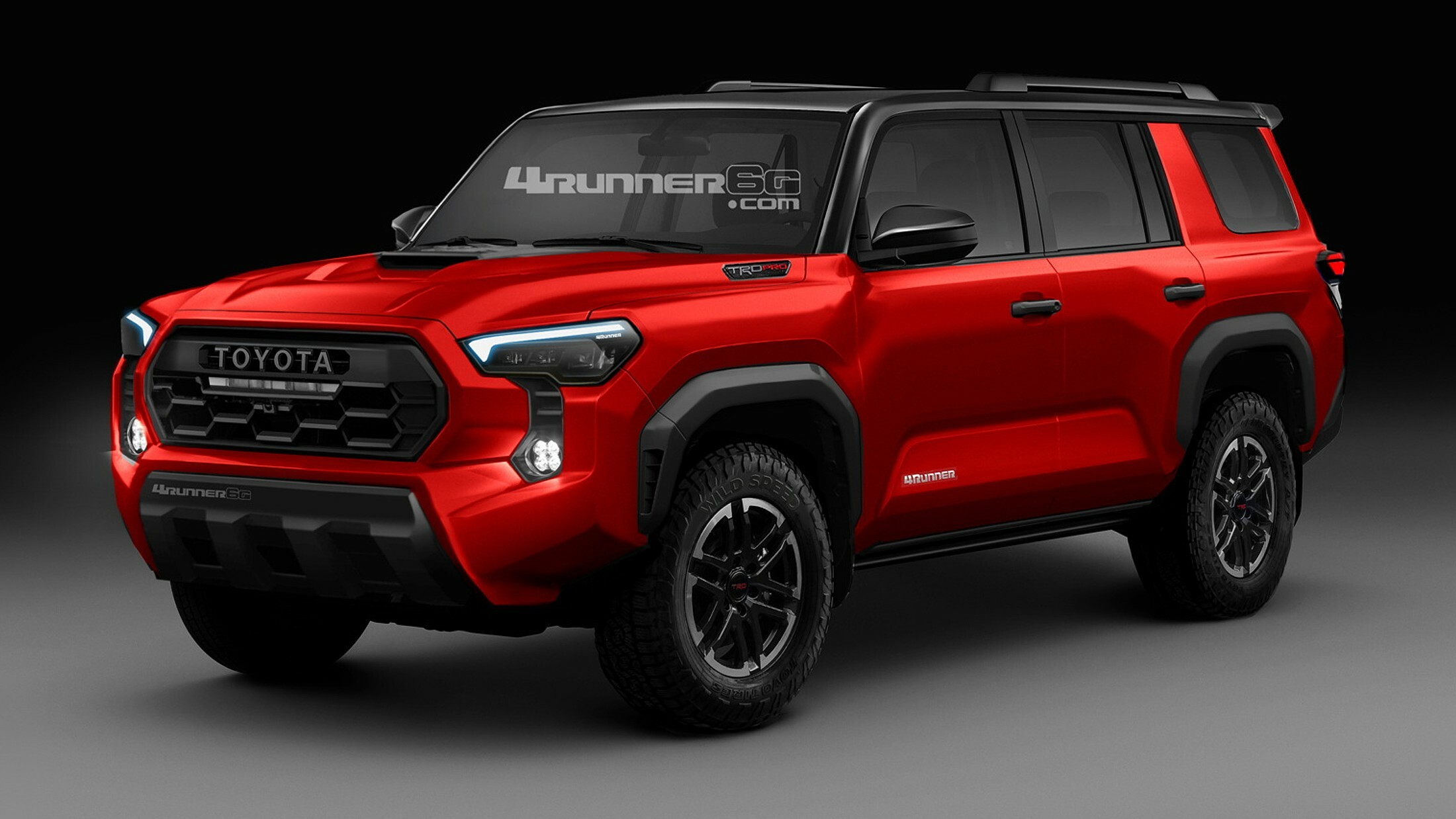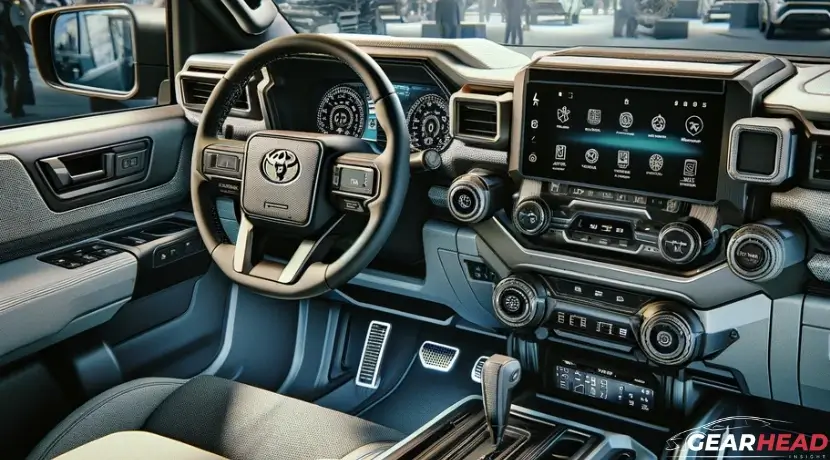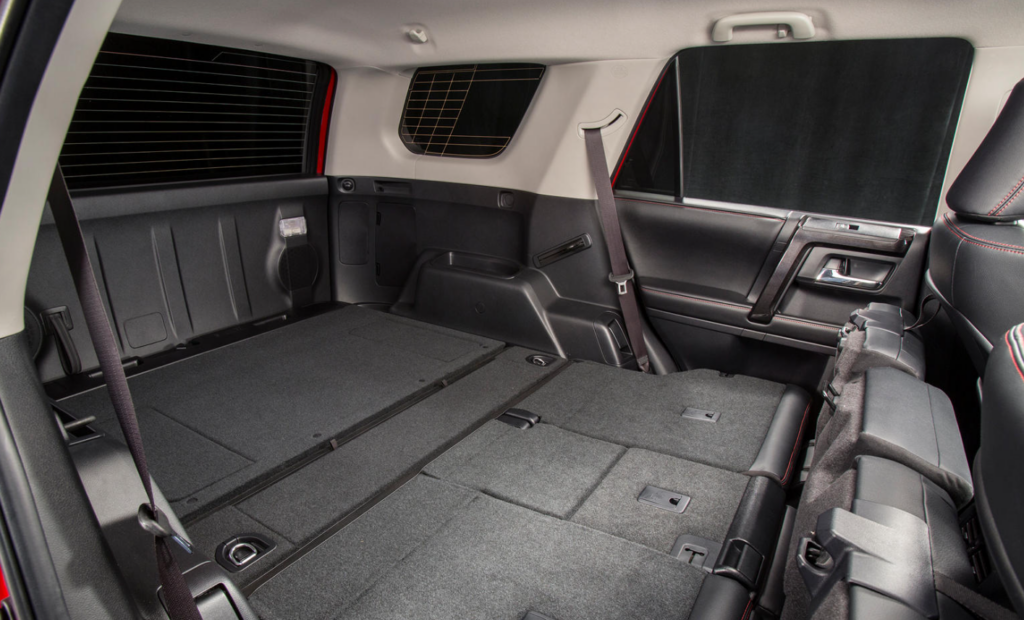The 2025 Toyota 4Runner: Seating Capacity And Beyond
By admin / June 26, 2024 / No Comments / 2025

The 2025 Toyota 4Runner: Seating Capacity and Beyond
The Toyota 4Runner, a rugged and reliable SUV, has been a staple in the off-roading and family-hauling world for decades. As we approach 2025, anticipation for the next generation 4Runner is reaching fever pitch. While official details are still under wraps, speculation and rumors abound regarding its design, features, and, importantly, its seating capacity.
This article will delve into the expected seating capacity of the 2025 4Runner, exploring the various configurations, potential changes, and how they might impact its appeal to different types of buyers. We’ll also touch upon the broader context of the 4Runner’s future, considering its competition and the evolving SUV market.
The Legacy of Seating in the 4Runner:
The 4Runner has consistently offered seating for five passengers across its generations. This configuration has been a defining characteristic, allowing for comfortable family outings and adventures while maintaining a spacious cargo area. However, the landscape of the SUV market is changing, with three-row SUVs gaining popularity, particularly for those seeking more passenger capacity.
The Case for Maintaining Five Seats:
- Staying True to its Roots: The 4Runner’s core identity has always been about off-road capability and ruggedness. Maintaining a five-seat configuration allows for a lower center of gravity, enhancing its handling and off-road prowess.
- Maximized Cargo Space: By sticking to a two-row configuration, the 4Runner can retain its generous cargo space, crucial for hauling gear on adventures or for everyday family needs.
- Focus on Functionality: The 4Runner has always been about practicality and functionality. A five-seat configuration allows for a more streamlined design, minimizing the potential for interior clutter and maximizing passenger comfort.
The Argument for a Three-Row Option:
- Meeting Market Demand: The growing popularity of three-row SUVs indicates a shift in consumer preferences. Offering a three-row option would allow the 4Runner to compete more directly with rivals like the Jeep Wrangler Unlimited and the Ford Bronco.
- Increased Versatility: A three-row configuration would offer greater versatility, accommodating larger families or groups for weekend getaways and camping trips.
- Enhanced Family Appeal: With a third row, the 4Runner could appeal to a wider range of buyers, including families with growing children or those who frequently need to transport multiple passengers.
Potential Seating Configurations for the 2025 4Runner:
While Toyota has remained tight-lipped about the 2025 4Runner’s seating arrangements, several possibilities exist:
- Standard Five-Seat Configuration: The most likely scenario is that Toyota will retain the traditional five-seat configuration, ensuring the 4Runner’s core identity remains intact.
- Optional Third-Row Seating: To cater to growing family needs and market trends, Toyota could offer a third-row option as a premium package. This would provide flexibility for those needing additional passenger capacity, without sacrificing the core functionality of the five-seat model.
- Two Distinct Models: Toyota might introduce two separate 4Runner models: a five-seat "Trail" version focused on off-road capability and a seven-seat "Family" version prioritizing passenger space. This approach would cater to distinct segments of the market, offering a tailored experience for each.
Factors Influencing the 2025 4Runner’s Seating Decision:
Several factors will likely influence Toyota’s decision on the 2025 4Runner’s seating capacity:
- Market Research: Toyota will undoubtedly conduct thorough market research to understand consumer preferences and demands for seating configurations.
- Competition: The success of three-row SUVs from rivals like Jeep and Ford will likely play a significant role in Toyota’s decision-making process.
- Production Costs: Adding a third row would increase production costs, which Toyota will need to carefully consider.
- Design Constraints: The 4Runner’s existing platform and design may limit the feasibility of incorporating a third row without compromising its off-road capabilities or cargo space.
Beyond Seating Capacity: What to Expect from the 2025 4Runner
While seating capacity is a crucial aspect, it’s only one piece of the puzzle. The 2025 4Runner is expected to feature a range of improvements and advancements, including:
- Updated Styling: The new 4Runner will likely receive a more modern and aggressive exterior design, incorporating the latest design language seen in other Toyota models.
- Enhanced Interior: The interior is anticipated to be more refined and technologically advanced, featuring a larger touchscreen infotainment system, updated materials, and improved comfort features.
- Advanced Powertrain Options: Toyota could offer a variety of powertrain options, including a hybrid or plug-in hybrid system, to improve fuel efficiency and performance.
- Improved Off-Road Capabilities: The 4Runner’s off-road prowess is expected to be further enhanced with advanced suspension systems, improved ground clearance, and more robust off-road technology.
- Advanced Safety Features: The 2025 4Runner will likely be equipped with the latest safety technologies, including adaptive cruise control, lane departure warning, and automatic emergency braking.
The Future of the 4Runner:
The 2025 4Runner faces a dynamic and competitive landscape. The rise of three-row SUVs and the increasing popularity of electrified powertrains will challenge Toyota to maintain the 4Runner’s relevance. However, its enduring reputation for off-road capability, ruggedness, and reliability, combined with potential improvements in design, technology, and powertrain options, positions the 4Runner to remain a strong contender in the SUV market.
Conclusion:
The seating capacity of the 2025 Toyota 4Runner remains a subject of speculation and anticipation. While the traditional five-seat configuration is likely to remain, the possibility of a three-row option adds an intriguing layer of complexity. Regardless of the final decision, the 2025 4Runner is poised to be a significant update, incorporating modern design, technology, and powertrain options while staying true to its rugged and reliable heritage.
The 4Runner’s future success will depend on its ability to adapt to evolving consumer preferences while maintaining its core identity. The 2025 model year will be a pivotal moment for the 4Runner, shaping its trajectory for years to come.







